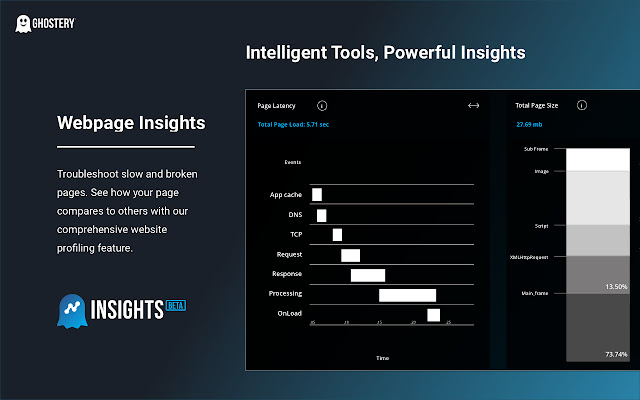
What is a Moving Average Convergence Divergence (MACD)?
“Trade the trend, time the momentum.” In the ever-shifting world of financial markets, spotting when momentum is heating up—or cooling off—can be the difference between a winning trade and a costly mistake. That’s where the Moving Average Convergence Divergence, or simply MACD, comes into play. It’s not just another chart indicator buried in your trading platform’s toolbar. For many traders in forex, stocks, crypto, commodities, or even options, MACD is like that friend who doesn’t speak often, but when they do, you listen.
What Exactly is the MACD?
Picture the MACD as a momentum compass. It measures the relationship between two moving averages of a security’s price—traditionally, the 12-day exponential moving average (EMA) and the 26-day EMA. The MACD line itself is the difference between them. On your chart, there’s also a “signal line” (often the 9-day EMA of the MACD), which acts like a trigger for potential buy or sell signals. When the MACD line crosses above the signal line, traders see potential bullish momentum; when it dives below, it hints at bearish pressure.
Why Traders Pay Attention
Clear Trend Signals Markets love momentum shifts, and MACD can spotlight them early. A crossover near the zero line can tell you a trend might be starting; a dramatic separation between the MACD and signal line could warn the move is getting overextended.
Versatility Across Markets Whether you’re scalping EUR/USD in forex, swing trading Apple stock, riding Bitcoin’s rollercoaster, or speculating on gold futures, MACD translates across the board. In prop trading firms, where traders handle significant capital, tools like MACD help manage both risk and opportunity with a repeatable approach.
Spotting Divergences One of MACD’s underrated features is divergence spotting—when price heads one way, but MACD heads another. For instance, if Bitcoin is hitting new highs but MACD peaks are falling, something under the hood might be weakening. That’s often a clue for professionals to tighten stops or take partial profits.
A Real-Market Example
Back in 2021’s crypto rally, Ethereum’s price surged from $1,000 to over $4,000 in months. Traders watching MACD saw a bullish crossover early in the move and rode the rally. But around the $4,000 mark, MACD divergence started flashing—price kept climbing, MACD didn’t. A few weeks later, the pullback confirmed what the indicator hinted: momentum was fading.
Advantages & How to Use It Wisely
- Cross-Market Adaptability: Works across forex, stocks, crypto, commodities, indices, and options without major tweaks.
- Blends with Other Strategies: MACD is more powerful when combined with tools like RSI, Fibonacci retracements, or support/resistance zones.
- Helps Balance Emotion: In prop trading environments, where fast decision-making is constant, having a mechanical signal reduces knee-jerk trades.
Pro Tip: The MACD is lagging—it reacts after price moves—but in trending markets, its signals can still be highly valuable. In choppy, sideways conditions, be prepared for false signals.
The Bigger Prop Trading Picture
Prop trading is evolving faster than many traders realize. Decentralized Finance (DeFi) platforms are now offering trading opportunities that bypass traditional brokers, while smart contracts handle settlement automatically. The challenge? On-chain liquidity can be thinner, and volatility spikes can be brutal.
At the same time, AI-driven trade analysis is becoming mainstream. Imagine MACD signals being scanned across thousands of assets in real-time by machine learning models, instantly flagging setups to a trader’s dashboard. This isn’t years away—it’s happening now in forward-looking trading firms.
Tomorrow’s Trendsetters
The future likely blends traditional technical indicators like MACD with AI predictive analytics and on-chain execution. MACD, while decades old, is still relevant because it reads one timeless thing: human market behavior. Whether you’re charting Apple, the S&P 500, Bitcoin, or crude oil, human psychology still drives the waves—and MACD still catches them.
Final Take
For traders—whether solo hustlers or inside the high-pressure world of prop firms—MACD remains one of those rare tools that bridges old-school charting and modern market demands. Learn its rhythm, combine it with sound risk management, and it can become the quiet edge in your toolkit.
"MACD: Find the move before it finds you."



